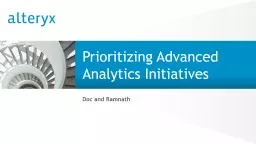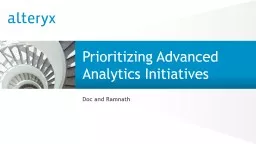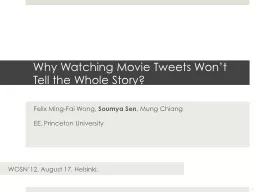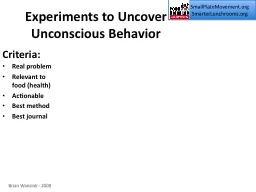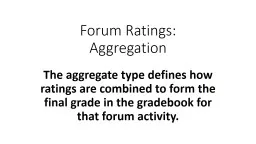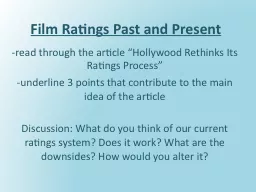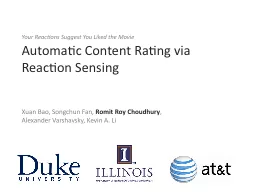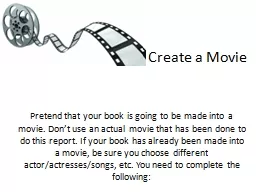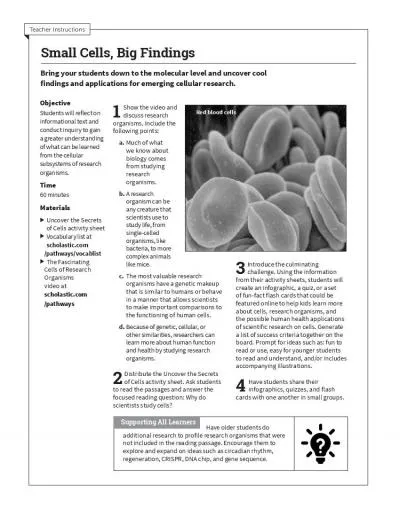PPT-Using R and Alteryx to Uncover the Dimensions of Movie Ratings
Author : alexa-scheidler | Published Date : 2018-12-18
Dan Putler Chief Scientist Alteryx Bay Area R Users Group September 1 2015 My Partners in Crime 2 Joseph Lombardi Ramnath Vaidyanathan The Roadmap of the Talk The
Presentation Embed Code
Download Presentation
Download Presentation The PPT/PDF document "Using R and Alteryx to Uncover the Dimen..." is the property of its rightful owner. Permission is granted to download and print the materials on this website for personal, non-commercial use only, and to display it on your personal computer provided you do not modify the materials and that you retain all copyright notices contained in the materials. By downloading content from our website, you accept the terms of this agreement.
Using R and Alteryx to Uncover the Dimensions of Movie Ratings: Transcript
Download Rules Of Document
"Using R and Alteryx to Uncover the Dimensions of Movie Ratings"The content belongs to its owner. You may download and print it for personal use, without modification, and keep all copyright notices. By downloading, you agree to these terms.
Related Documents

